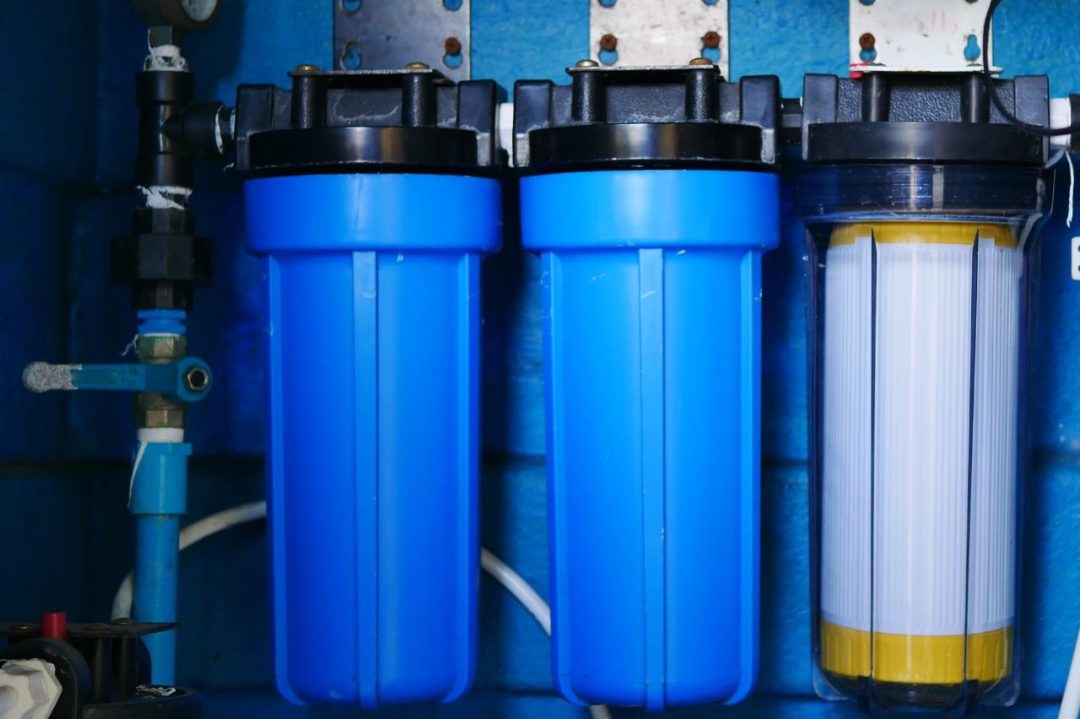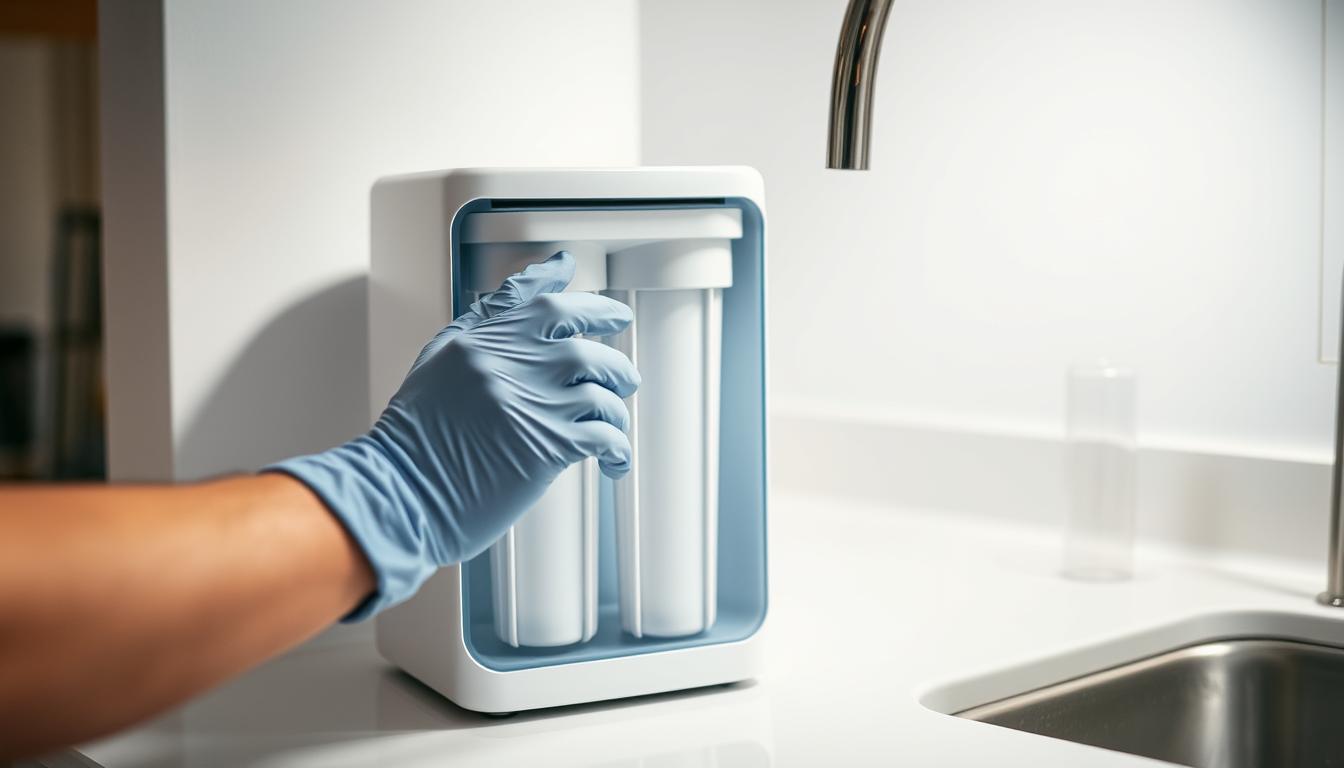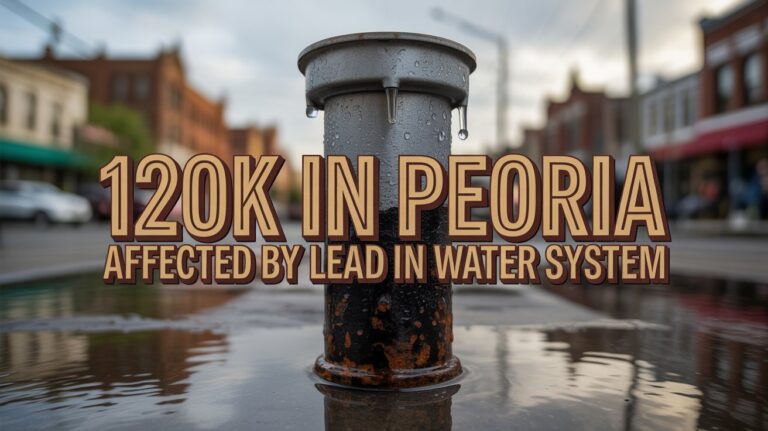Effective Water Filtration for Lead Removal
Have you ever wondered about the safety of the water you drink daily? Water, essential to life, can sometimes carry hidden dangers, such as lead, which can significantly affect your health. The presence of lead in drinking water is a concern due to its toxic nature and the adverse health effects it can cause. So, understanding effective water filtration methods is crucial if you want to ensure the safety of your water supply.
Understanding Lead Contamination in Water
What Is Lead, and How Does It Contaminate Water?
Lead is a naturally occurring heavy metal found in the earth’s crust. It’s used in many industries; however, its presence in water primarily comes from old plumbing systems. Buildings and homes with aging pipes, solder, and fixtures may leach lead into the water, creating a significant health hazard.
Health Impacts of Lead Exposure
Consumption of lead-contaminated water can pose severe health risks. Lead exposure is particularly harmful to children and pregnant women. It can affect brain development in children, leading to learning difficulties, behavioral issues, and lower IQs. In adults, lead exposure can cause kidney damage and high blood pressure. It’s crucial to minimize lead exposure, emphasizing why effective filtration is necessary.
How to Identify Lead in Drinking Water
Signs and Testing for Lead Contamination
Detecting lead in water isn’t straightforward since you can’t see, taste, or smell it. The most reliable way to determine if your water contains lead is through testing. Testing kits are available for home use, or you can hire a professional to analyze your water more thoroughly.
Interpreting Test Results
Once you have your test results, understanding them is critical. The Environmental Protection Agency (EPA) sets the standard for lead in drinking water at 15 parts per billion (ppb). If your water test results exceed this level, taking action is necessary to reduce lead levels.

Methods of Water Filtration for Lead Removal
The Role of Water Filtration
A good water filtration system can dramatically reduce lead levels in your drinking water. Not all filters, however, are effective for lead removal, so understanding which systems work is essential.
Types of Water Filtration Systems
Several filtration systems can help remove or reduce lead. Let’s discuss these in more detail:
- Activated Carbon Filters: These are effective at absorbing lead from water. They are available as pitchers, faucet mounts, or under-sink systems. However, regular replacement of cartridges is needed to maintain efficiency.
- Reverse Osmosis Systems: These systems use a semi-permeable membrane to remove contaminants. They are highly effective at removing lead but can be expensive and waste water.
- Distillation Units: These units boil water, capturing steam and leaving contaminants behind. They are effective but slow and consume a lot of energy.
- Kinetic Degradation Fluxion (KDF) Filters: These use a copper-zinc alloy to remove lead and other heavy metals. They are often combined with other filtration types to enhance effectiveness.
Comparative Table of Filtration Methods
| Filtration System | Cost | Effectiveness on Lead | Maintenance Required | Other Considerations |
|---|---|---|---|---|
| Activated Carbon Filters | Low to Moderate | Moderate | High | Frequent cartridge replacement |
| Reverse Osmosis Systems | High | High | Moderate to High | Waste water issue |
| Distillation Units | Moderate to High | High | Low | Energy intensive |
| KDF Filters | Moderate | Moderate to High | Low to Moderate | Often combined with other types |
Selecting the Right Filter for Your Needs
Budget Considerations
Your budget is a significant factor in choosing a filtration system. While reverse osmosis systems provide excellent lead removal, they come with a higher price tag. In contrast, activated carbon filters are more affordable but may not offer the same level of purification without frequent maintenance.
Household Requirements
The size of your household and your water consumption should also influence your decision. Smaller filters, like those in faucets or pitchers, may suffice for a single person or small family. Larger families might benefit from an entire house system to ensure all water sources are lead-free.
Maintenance and Ease of Use
Consider the maintenance frequency and complexity when selecting a filter. Some systems require more care and have higher upkeep costs, impacting both convenience and long-term efficiency.

Maximizing Water Filtration Effectiveness
Regular Filter Replacement
Regardless of the system chosen, regular maintenance is crucial. Filters have a lifespan and must be replaced to ensure they perform effectively.
Combining Filtration Methods
In some cases, combining different filtration systems can enhance lead removal, such as using a carbon filter with a reverse osmosis system, offering a multi-barrier approach to purification.
Professional Installation and Advice
Consulting with a water filtration specialist can provide insights and recommendations tailored to your specific water conditions and requirements.
Additional Measures to Reduce Lead Exposure
Flushing Your Pipes
If you suspect lead in your water, flushing your taps for several minutes before using water for drinking or cooking can help reduce exposure.
Using Cold Water
Use cold water for cooking and drinking, as hot water is more likely to dissolve lead more quickly.
Addressing Plumbing Concerns
Investigate and replace old pipes and fixtures that may contribute to lead contamination, ensuring a safe and clean water supply.
Legislative and Community Actions
Understanding Regulations
Familiarize yourself with local and federal regulations regarding lead in drinking water. Compliance ensures public water systems provide safe water, and staying informed can help advocate for necessary changes.
Engaging in Community Initiatives
Join or support local efforts to address lead contamination, whether through awareness activities or advocating for infrastructure improvements.
Conclusion
Effectively filtering water to remove lead is a critical step towards safeguarding health, particularly for vulnerable populations such as children. By understanding the various filtration options and taking necessary measures to address lead contamination, you can provide a safer environment for yourself and your family. Embrace the peace of mind that comes with knowing your water is free from harmful pollutants like lead. The selection, maintenance, and combination of water filtration systems play an essential role in this protective measure. Remember, staying informed and proactive about water safety is crucial for well-being.



